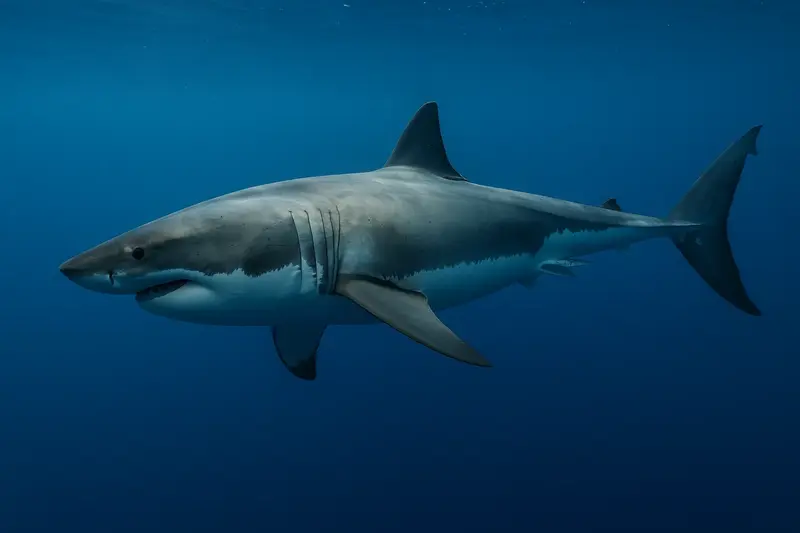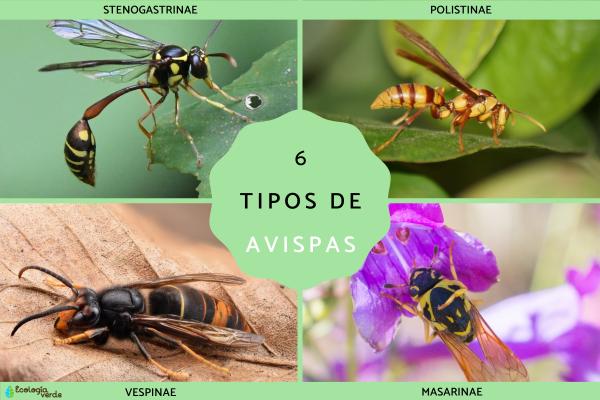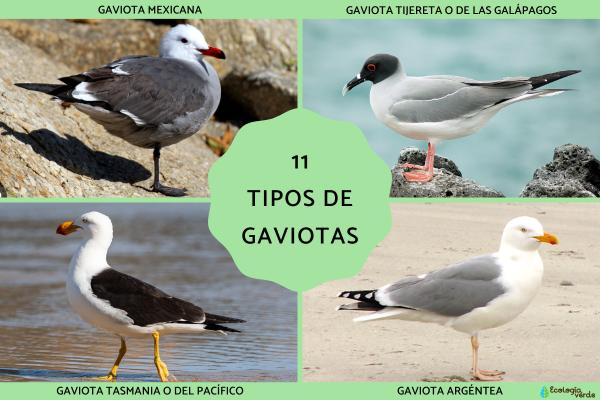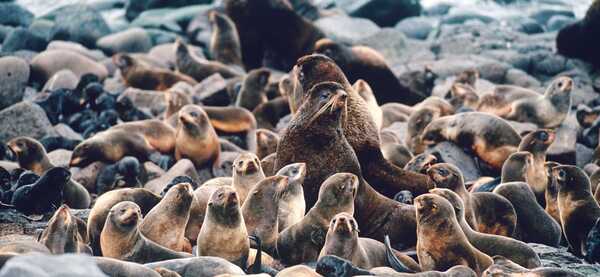Some animals have vaginas with unique structures and functions, showing the wonderful adaptations of creatures in nature. Here are a few animals with special vagina structures:
1. Birds
Ostrich
The vagina structure of the ostrich is very special. The ostrich's vagina is divided into three parts: the anterior vagina, the middle vagina, and the posterior vagina. The anterior vagina has two large glands that secrete mucus to help protect the eggs. The middle vagina is the main place for sperm storage and can keep sperm for a long time. The posterior vagina expands during childbirth.
Ducks
Some duck species, especially male ducks, have very unique vaginas. The duck's vagina is very complex, with multiple tortuous chambers. This complex structure is thought to prevent the entry of competitor sperm or to increase the success rate of fertilization.
2. Mammals
Kangaroo
The vagina structure of the kangaroo is different from that of most mammals. The kangaroo's vagina has two separate channels, corresponding to the two uteruses. This structure allows kangaroos to carry two embryos at different stages at the same time, one at an early stage of development and the other at a later stage.
Sugar Glider
Sugar Glider is a marsupial with a vagina with two side chambers, each connected to a uterus. This structure allows sugar gliders to reproduce twins and provides better space for embryo development.
3. Reptiles
Some Snakes
Some snakes, such as the Desert Horned Viper, have a structure called a "cryptic vagina". This structure allows snakes to store sperm after mating until the eggs mature. This structure allows them to increase the success rate of fertilization in unstable environmental conditions.
4. Insects
The vagina structure of ants is very unique. The vagina of female ants has multiple complex chambers that can store sperm and control the time of fertilization. This structure allows ants to effectively manage their reproductive cycle.
5. Fish
The vagina structure of some sharks, such as the great white shark, is also very special. Sharks have multiple smaller glands in their vaginas that secrete specific chemicals to help sperm and eggs combine. This structure helps sharks better adapt to their living environment during reproduction.
6. Opossum
The vaginal structure of the opossum (Opossum) has quite unique characteristics. The reproductive system of the female opossum includes two vaginas, each connected to a uterus. This double vaginal structure allows the opossum to carry out a special reproduction process.
The structure of the vagina and reproductive system of the opossum
Double vagina:
Anterior vagina: The vagina of the opossum is divided into two main parts, each of which is a separate tube. The main function of the anterior vagina is to provide sperm reception and storage.
Posterior vagina: Each anterior vaginal section is also connected to a posterior vagina, and these posterior vaginas are where fertilization actually takes place.
Twin uteri:
Reproductive Adaptation:
This structure allows the opossum to have greater flexibility and adaptability in reproduction, especially during the breeding season. It can carry multiple embryos at different time periods, increasing the success rate of reproduction.
Reproduction process
The double vagina and double uterus structure of female opossums allows sperm to be stored and fertilized in different vaginas, managing different embryonic stages separately. This structure is a manifestation of the opossum's adaptation to its living environment and reproductive strategy.
This unique reproductive system architecture demonstrates the diversity and adaptability found in nature that allows opossums to reproduce successfully in their specific ecological niche. If there is more interest in the reproductive systems of opossums or other animals, a deeper understanding of their physiology and ecology could provide additional insights.
Conclusion
The vaginal structures of these animals show how organisms can adapt to different environments and lifestyles. Each animal's vagina has a unique function that helps it reproduce successfully in a specific ecological environment. These unique biological features are not only amazing, but also provide important insights into evolution and adaptation. If you are interested in the vaginal structure of a specific animal, you can further explore its physiological and ecological characteristics.
Animals with more than one vagina
Some animals have more than one vagina, and these unique structures are mainly to adapt to their specific reproductive needs. Here are some detailed information about animals with multiple vaginas and their reproductive systems:
1. Kangaroos and other marsupials
Structure: Female kangaroos and most marsupials (such as koalas, gliders, Tasmanian devils, etc.) have three vaginas. These three vaginas have different functions and help their unique reproduction methods.
Left and right vaginas: used for sperm delivery, each side vagina is connected to a uterus.
Middle vagina: dedicated to giving birth. During pregnancy, the central vagina of the kangaroo remains closed and will not open until delivery.
Reproductive characteristics: This structure allows kangaroos to have multiple pregnancies at the same time, that is, a kangaroo may be pregnant with embryos at different stages of development.
2. Opossum
Structure: Opossums have two vaginas, called divaginae, each connected to a uterus. Similar to kangaroos, this divaginae structure is a common feature of marsupials.
Reproductive characteristics: The divaginae structure of opossums allows sperm to pass through the diversion system of the divaginae and finally complete the delivery process through the central vagina.
3. Platypus
Structure: Female platypuses (a monotreme) also have two vaginas. Their reproductive system is similar to that of marsupials, but the difference is that the platypus is oviparous (lays eggs rather than giving birth to live young).
Reproductive characteristics: Although the platypus has two vaginas, it only uses one to transfer eggs when laying eggs.
4. Ducks
Structure: Although ducks generally have only one vagina, some species of ducks (such as blue-winged ducks) have very complex and twisted vaginal structures. These vaginal structures are complex and maze-like, and their purpose may be to prevent males from forcing mating, allowing females to better control the fertilization process.
Reproductive characteristics: The penis of male ducks will evolve a spiral structure accordingly, trying to match the complex vaginal structure of females.
5. Some snakes
Structure: Some snakes (such as some pythons) have double vaginas, or what are called "multi-chambered vaginas." These vaginas allow female snakes to store sperm during different mating seasons until the right time for fertilization.
Reproductive characteristics: This ability to store sperm allows snakes to delay fertilization when seasonal and environmental conditions are not ideal, thereby increasing the success rate of reproduction.
6. Ants and Bees (Insects)
Structure: The female reproductive system of some social insects such as ants and bees also has multiple chambers. Although they cannot be strictly called "vaginas", their reproductive tracts have multiple sperm storage chambers.
Reproductive characteristics: The reproductive system of these insects allows them to store sperm and control the combination of sperm and eggs when needed, thus achieving precise reproductive control.
Conclusion
Animals with more than one vagina or multi-chambered vaginas show extremely unique reproductive adaptations in nature. The presence of multiple vaginas not only allows these animals to better manage the reproductive process, but also improves their reproductive success rate in adverse environments. By studying these unique reproductive structures, we can gain a deeper understanding of the reproductive strategies and evolutionary adaptations of animals under different ecological conditions.








